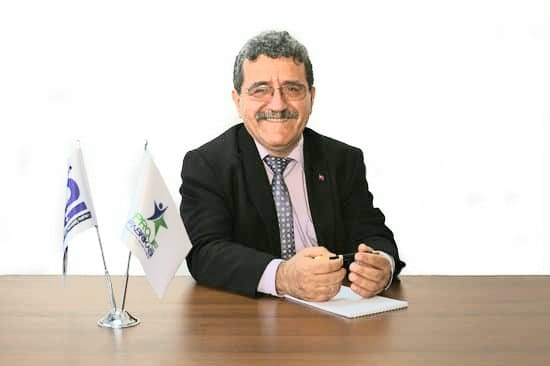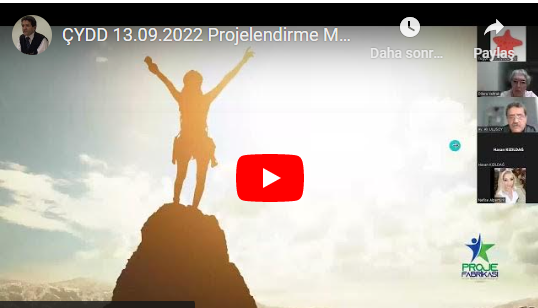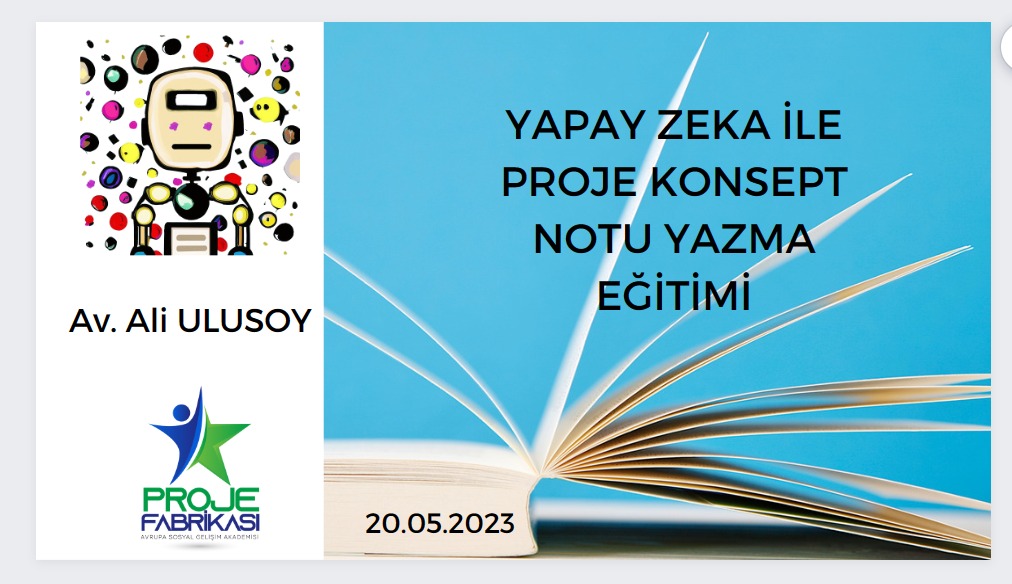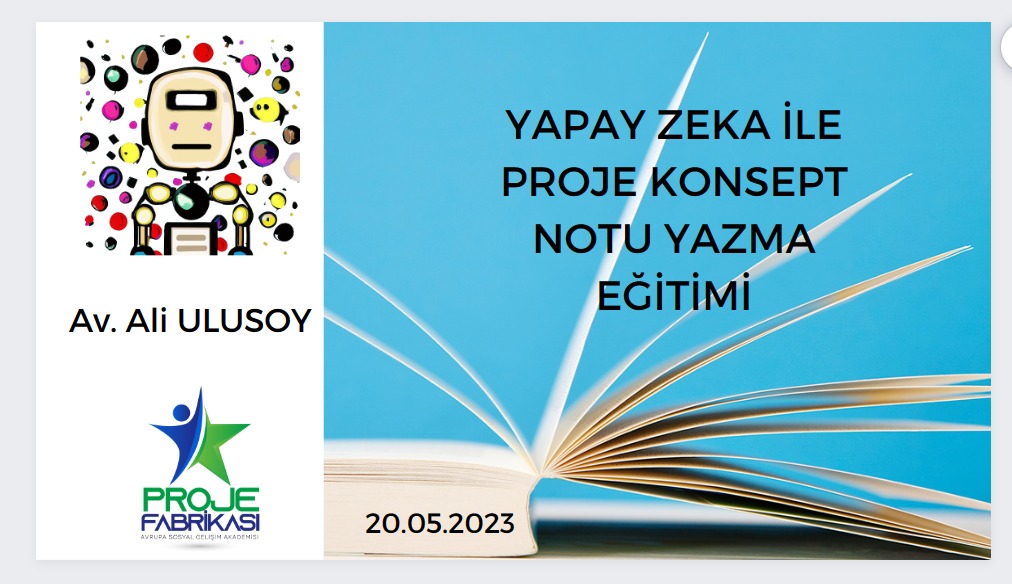
Grant Proposal Writing: A Deep Dive into Securing Funding for Your Cause
Grant proposal writing is the art of crafting a compelling argument that convinces a funding organization (government agency, foundation, corporation) to support your project financially. It's essentially a persuasive document that outlines your cause, your solution, and why you're the ideal team to bring it to life. Here's a breakdown of the key components involved:
1. Needs Assessment and Problem Statement:
Every great proposal starts with a strong foundation: a clear understanding of the problem you're trying to solve. Here, you'll paint a vivid picture of the issue at hand. Use data, statistics, and personal stories to illustrate the scope of the problem and its impact on your target community. This sets the stage for why your project is urgently needed.
That's a great start! Here are some additional details to consider when crafting your Needs Assessment and Problem Statement:
1. Identify the Specific Problem:
- Be clear and concise. Don't try to tackle too broad of an issue. Focus on a specific, well-defined problem within a larger social context.
- For example, instead of saying "poverty is a major issue," you could say "the lack of access to after-school educational programs is hindering academic achievement for low-income students in our city."
2. Use Data and Statistics:
- Back up your claims with credible sources. Statistics, research findings, and relevant data add weight to your argument and demonstrate the seriousness of the problem.
- You can find relevant data from government agencies, academic journals, or reputable non-profit organizations working in your field.
3. Highlight the Impact:
- Don't just state the problem; explain its consequences. How is this problem impacting your target community? Use vivid language and paint a picture of the human cost of the issue.
- Consider including personal stories or quotes from individuals directly affected by the problem.
4. Focus on Urgency:
- Why is it important to address this problem now? Is there a looming deadline or a rapidly growing concern?
- Emphasize the potential negative consequences of inaction and why addressing this issue now is crucial.
Here's an example to illustrate these points:
Problem: High school dropout rates are on the rise in our city's low-income neighborhoods.
Data: According to a recent study by the [City Name] Department of Education, dropout rates in low-income schools have increased by 15% in the past three years.
Impact: These dropouts are more likely to face unemployment, poverty, and a higher risk of involvement in crime. This not only impacts their individual lives but also creates a burden on society as a whole.
Urgency: Without intervention, these dropout rates will continue to rise, creating a ripple effect of negative consequences for our community.
By following these tips, you can craft a compelling Needs Assessment and Problem Statement that sets the stage for your grant proposal and convinces the reader of the critical need for your project.
2. Organizational Background and Expertise:
Now that you've established the "why," it's time to showcase the "who." Introduce your organization or yourself as the applicant. Highlight your mission, past achievements, and relevant experience that demonstrates your capacity to tackle this specific challenge. This is your chance to build trust and credibility with the funding committee.
Building Trust: Crafting a Strong Organizational Background and Expertise Section
Here's a breakdown on how to effectively showcase your "who" in a grant proposal:
1. Introduce Your Organization:
- Mission Statement: Start by clearly stating your organization's mission. This concise statement should encapsulate your core purpose and the positive change you strive to create.
- History and Track Record: Briefly provide a historical context for your organization. When were you founded? What are some of your key accomplishments over the years?
- Team Expertise: Highlight the qualifications and experience of your key personnel. Briefly introduce your team members, focusing on their expertise relevant to the project at hand. Do you have staff with experience in program development, community outreach, or financial management?
2. Demonstrate Capacity:
This section is crucial for convincing the grant committee that you have the resources and capabilities to successfully execute your project. Here's how:
- Relevant Past Projects: Discuss past projects that demonstrate your experience in addressing similar challenges. Briefly explain the project goals, your approach, and the positive outcomes achieved.
- Partnerships and Collaborations: Mention any ongoing collaborations with other organizations that strengthen your capacity. Highlighting established partnerships demonstrates your ability to work effectively with others and leverage a wider network of resources.
- Financial Stability: Briefly touch upon your financial health. You don't need to go into extensive detail, but assure the committee that your organization is financially stable and well-managed.
3. Connect to the Project:
Bridge the gap between your organization and the specific project you're proposing. Explain how your mission, experience, and team's qualifications uniquely position you to tackle this particular challenge.
Here's an example to illustrate these points:
Organization: ABC After-School Program, a non-profit organization established in 2010 with a mission to provide enriching educational opportunities for low-income students.
Expertise: Our team boasts experienced educators, program coordinators, and social workers with a proven track record of developing and implementing successful after-school programs.
Capacity: In the past three years, we've partnered with three local schools to launch after-school programs serving over 200 students, resulting in a 10% increase in their standardized test scores.
Connection to Project: We understand the challenges faced by low-income students and possess the expertise and resources to create an impactful after-school program that addresses the specific needs identified in the proposal.
By following these tips, you can craft a compelling Organizational Background and Expertise section that builds trust with the funding committee and convinces them you're the ideal team to bring your project to life.
3. Project Description and Methodology:
This is the heart of your proposal. Here, you delve into the details of your project. Clearly explain what you aim to achieve and how your project directly addresses the needs identified earlier. Outline your plan in a step-by-step manner, describing the specific activities involved. Be sure to demonstrate a logical flow and a well-defined timeline for completion.
Unveiling Your Plan: Crafting a Compelling Project Description and Methodology
The Project Description and Methodology section is the centerpiece of your grant proposal. Here, you showcase your solution and convince the reader that your approach is well-defined, logical, and most importantly, effective. Here's how to craft this crucial section:
1. Project Goals and Objectives:
- Start by clearly stating the overall goal of your project. What do you aim to achieve in the long run? This broad goal should connect back to the problem you identified in the Needs Assessment.
- Next, break down your long-term goal into smaller, measurable objectives. These objectives should be specific, time-bound, and achievable.
Example:
Goal: Reduce high school dropout rates in low-income neighborhoods.
Objectives:
- Increase student attendance by 10% within the first year of the program.
- Improve standardized test scores by 5% within two years.
- Increase the number of students participating in extracurricular activities by 15% within three years.
2. Project Activities and Timeline:
Now, delve into the "how." Describe the specific activities you'll undertake to achieve your objectives. Think of them as building blocks that lead to your overall goal.
- Logical Flow: Ensure your activities are organized in a logical sequence. Start with foundational activities and build upon them with more advanced steps.
- Detailed Descriptions: Briefly outline each activity, providing enough detail for the reader to understand what will be done, by whom, and for how long.
- Timeline: Develop a realistic timeline for each activity and the entire project. Use a chart or table to visually represent the timeframe for completion.
3. Methodology and Approach:
Explain the specific methods you'll employ to implement these activities. This could include:
- Educational workshops for students and parents.
- Mentorship programs to connect students with positive role models.
- After-school tutoring services to provide academic support.
- Community outreach initiatives to engage families and address barriers to education.
4. Innovation and Adaptability:
While outlining a clear plan is important, demonstrate your flexibility.
- Discuss how you'll monitor your progress and adapt your approach if needed.
- Briefly mention any innovative aspects of your project that set it apart from existing solutions.
Here's an example to illustrate these points:
Project Activities:
- Recruit and train volunteer mentors.
- Develop a curriculum for after-school tutoring sessions focused on core subjects.
- Organize workshops on study skills and college readiness for students and parents.
- Partner with local businesses to offer job shadowing opportunities for high school students.
Timeline:
- Months 1-3: Recruit and train mentors, develop curriculum, secure partnerships with schools.
- Months 4-12: Implement after-school tutoring sessions, conduct workshops, launch job shadowing program.
Methodology: Our program will utilize a combination of one-on-one mentoring, group tutoring sessions, and interactive workshops to address individual student needs and foster a supportive learning environment.
By following these tips, you can craft a compelling Project Description and Methodology section that showcases a clear plan, a logical approach, and a well-defined timeline for achieving your project's goals. This will convince the funding committee that your solution is not only feasible but also the most effective way to address the needs identified in your proposal.
4. Evaluation and Impact Measurement:
Grantors want to know their investment is making a difference. This section details your plan for measuring the success of your project. Define clear metrics and benchmarks that will track your progress and demonstrate the impact you're creating. Will you be collecting data through surveys, tracking program participation rates, or measuring specific outcomes?
Demonstrating Success: Crafting a Stellar Evaluation and Impact Measurement Plan
Grantors are eager to see how their funding translates to real-world change. This section allows you to showcase your plan for measuring the impact of your project and proving its effectiveness. Here's how to craft a compelling Evaluation and Impact Measurement section:
1. Define Clear Metrics:
Metrics are the quantifiable indicators you'll use to track progress and measure success. Choose metrics that directly align with your project objectives outlined earlier.
- Examples: For a project focused on improving student attendance, your metric could be the average daily attendance rate.
- Data Collection Methods: Explain how you'll collect data for each metric. This could involve tracking attendance records, administering surveys, or conducting pre- and post-program assessments.
2. Establish Benchmarks:
Benchmarks are your reference points against which you'll measure your progress. Set realistic and achievable benchmarks based on current data or industry standards.
- Example: If the current average daily attendance rate in your target school is 80%, you might set a benchmark of increasing it to 85% within the first year of your program.
3. Highlight Qualitative Measures:
While quantitative data is crucial, don't neglect qualitative measures.
- Surveys: Conduct surveys with participants to gather feedback on their experience and the perceived impact of the program.
- Case Studies: Develop case studies that showcase individual success stories of students who have benefited from your project.
4. Evaluation Timeline:
Establish a clear timeline for data collection and evaluation throughout your project. This could involve regular progress reports, interim assessments, and a final evaluation at the project's completion.
5. Transparency and Adaptability:
Demonstrate your commitment to transparency. Explain how you'll share your evaluation findings with the funding organization and how you'll utilize that data to improve your program if needed.
Here's an example to illustrate these points:
Metrics:
- Average daily attendance rate
- Standardized test scores
- Student and parent satisfaction surveys
Benchmarks:
- Increase average daily attendance by 5% within the first year.
- Achieve a 10% improvement in standardized test scores within two years.
- Maintain a 75% satisfaction rate among students and parents participating in the program.
Evaluation Timeline:
- Conduct student and parent surveys at the beginning, middle, and end of the program.
- Track attendance rates and test scores on a monthly basis.
- Submit a comprehensive evaluation report to the funding organization at the project's completion.
By following these tips, you can craft a compelling Evaluation and Impact Measurement section that demonstrates your commitment to accountability and proves the positive impact your project will have on your target community.
5. Budget and Resource Allocation:
Be upfront and realistic about the financial resources required to bring your project to life. Itemize your budget, outlining the costs associated with personnel, materials, equipment, and any other operational expenses. Justify each line item and explain how the allocated funds will be used effectively to achieve your project goals.
Building a Financially Sound Proposal: Crafting a Compelling Budget and Resource Allocation Section
The Budget and Resource Allocation section is where your project transforms from vision to reality. Here, you convince the funding committee that you've carefully considered the financial resources needed to successfully execute your plan. Transparency and justification are key.
1. Detailed Budget Breakdown:
- Itemized List: Develop a line-by-line breakdown of your anticipated expenses. Common categories include:
- Personnel costs (salaries, benefits)
- Materials and supplies (curriculum development, printing costs)
- Equipment rentals (computers, software)
- Travel expenses (transportation for project staff or participants)
- Program costs (venue rentals, guest speakers)
- Evaluation costs (surveys, data analysis)
- Miscellaneous expenses (office supplies, utilities)
- Realistic Costs: Conduct thorough research to ensure your cost estimates are realistic. Obtain quotes from vendors and suppliers whenever possible.
2. Justification for Each Expense:
Don't just list expenses; explain why they're necessary.
- Align with Activities: Briefly explain how each expense directly supports a specific project activity outlined in your proposal.
- Cost-Effectiveness: Demonstrate that you're getting the most out of your budget. If a significant expense is required, justify it by explaining the added value it brings to your project.
3. Funding Match (if applicable):
Many grants require some form of matching funds from the applicant organization or other sources.
- Highlight Your Investment: If you're contributing financially to the project, showcase your commitment by outlining your matching funds and how they will be used.
- In-Kind Contributions: Consider in-kind contributions, such as donated office space or volunteer time, that can reduce your overall financial needs. Be sure to assign a fair market value to these contributions.
4. Budget Narrative (Optional):
In some cases, including a brief budget narrative can be beneficial.
- Overall Financial Strategy: Briefly explain your overall financial strategy and how you plan to manage the funds effectively.
- Sustainability Considerations: If your project has a long-term vision, discuss potential strategies for future funding or financial sustainability.
Here's an example to illustrate these points:
Budget Breakdown:
- Personnel Costs: Salaries for program coordinator and tutors ($XX,XXX)
- Materials and Supplies: Curriculum development and printing costs ($X,XXX)
- Equipment Rentals: Computers and software for after-school program ($Y,YYY)
- Program Costs: Venue rental for workshops and guest speaker fees ($Z,ZZZ)
- Evaluation Costs: Surveys and data analysis software ($W,WWW)
- Miscellaneous expenses: Office supplies and internet utilities ($V,VVV)
Justification:
- Personnel costs are essential for qualified staff to manage and deliver the program effectively.
- Materials and supplies are required for curriculum development and creating engaging learning experiences for students.
- Equipment rentals are necessary to provide students with access to technology for their studies.
- Program costs cover venue rentals for workshops and fees for guest speakers who will enrich the program.
- Evaluation costs ensure we can track progress, measure success, and continually improve our program.
By following these tips, you can craft a compelling Budget and Resource Allocation section that demonstrates financial responsibility, transparency, and a well-defined plan for utilizing the grant funds effectively. This will give the funding committee confidence that your project is not only impactful but also financially sound.
Beyond the Basics: Strengthening Your Proposal
- Tailor Your Approach: Don't submit a generic proposal. Carefully research each grant opportunity and tailor your message to align with the specific interests and funding priorities of the organization.
- Compelling Storytelling: Facts and figures are important, but weaving in personal stories of the people your project will impact can add an emotional layer that resonates with the reader.
- Collaboration is Key: If your project benefits from partnerships, highlight any collaborations you've established with other organizations or stakeholders. This demonstrates a well-rounded approach and strengthens your ability to deliver.
- Proofreading is Essential: Typos and grammatical errors can create a negative impression. Proofread meticulously and consider having someone else review your proposal for clarity and flow.
By following these steps and infusing your proposal with passion and a clear vision, you'll be well on your way to securing the funding that brings your impactful project to life. Remember, grant proposal writing is a persuasive exercise. Frame your project as a solution that aligns with the funder's mission, showcase your expertise, and demonstrate a well-defined plan for success.
Fill the Google Form: https://forms.gle/7o7amhAWM2Z1bpyc7

Av. Ali ULUSOY
happykidstr@gmail.com
Kocatepe Mahallesi Hatay Sokak 4/ 19 - 20,
Sabancı İş Merkezi 5. kat, 06420
Çankaya - ANKARA
Mobil: (+90 530) 363 3120
PROJE FABRİKASI (smore.com)






















